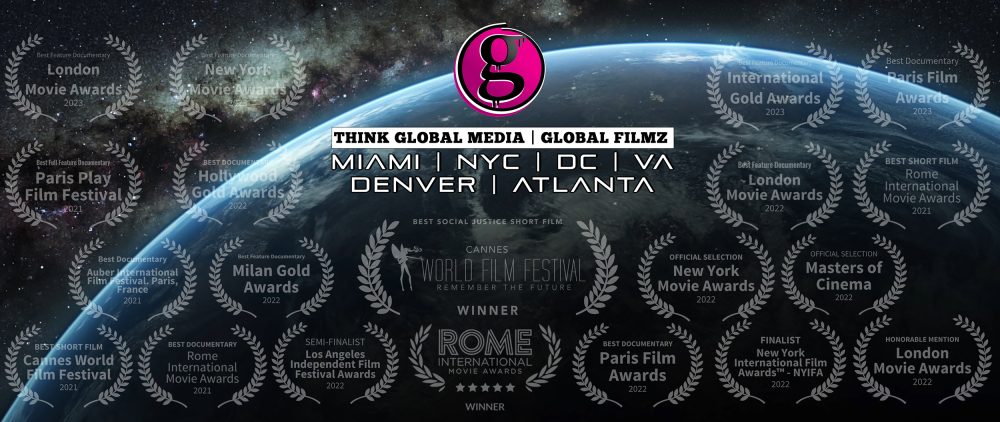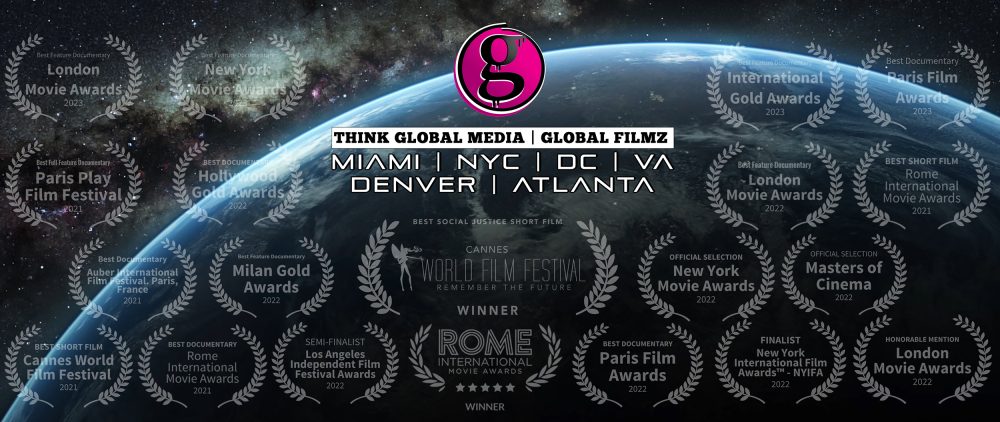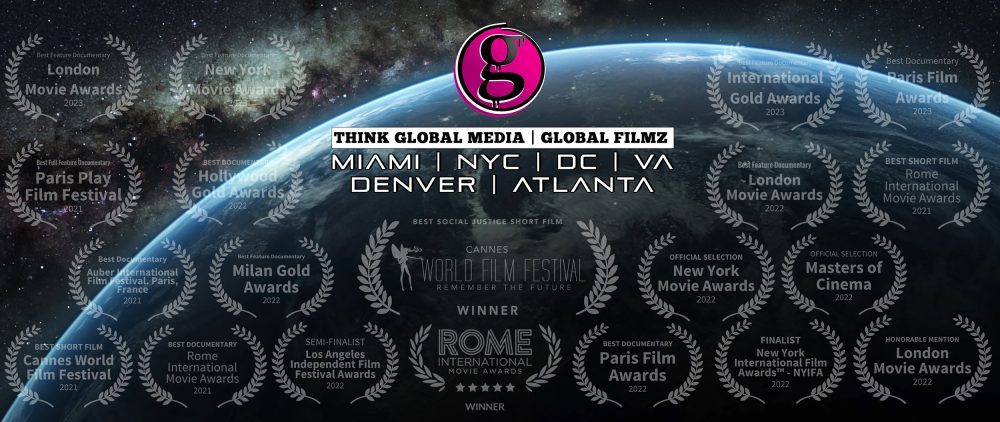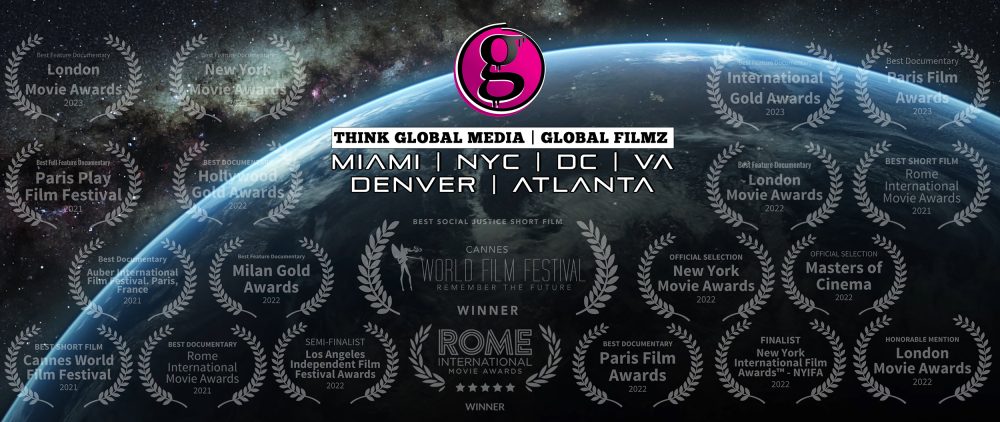
What are the Steps to Producing a Music Video Denver Colorado?
What are the Steps to Producing a Music Video in Denver Colorado?
Producing a music video in Denver, Colorado involves a series of steps that combine creative vision, logistical planning, and technical execution. From conceptualization to post-production, each phase plays a crucial role in bringing the artist’s vision to life. Here is a detailed guide outlining the steps to producing a music video in Denver, Colorado:
1. Conceptualization and Planning:
The first step in producing a music video is conceptualization and planning. Collaborate with the artist or their representatives to understand the song’s theme, mood, and key messages. Brainstorm creative concepts, visual ideas, and potential locations that align with the song’s narrative. Develop a production plan that outlines the budget, timeline, crew roles, equipment needs, and logistical requirements for filming.
 2. Scriptwriting and Storyboarding:
2. Scriptwriting and Storyboarding:
Once the concept is finalized, work on scriptwriting and storyboarding the music video. Create a script that outlines scene descriptions, dialogue (if applicable), camera angles, shot compositions, and visual storytelling elements. Develop storyboards or shot lists that visualize each scene and sequence, including transitions, camera movements, and visual effects. Collaborate with the director, cinematographer, and creative team to refine the script and storyboard.
3. Casting and Talent Selection:
Cast talent for the music video, including actors, dancers, models, or performers who will appear on camera. Conduct auditions, casting calls, or talent searches to find individuals who fit the roles and embody the desired aesthetic or character traits. Consider factors such as acting ability, dance skills, appearance, and chemistry with the artist or main talent. Negotiate contracts, schedules, and release forms with selected talent.
4. Location Scouting and Permits:
Scout locations for filming the music video, both indoor and outdoor. Look for settings that enhance the storytelling, complement the song’s theme, and provide visual interest. Obtain necessary permits, licenses, and permissions for filming at public or private locations. Coordinate logistics for transportation, accommodations, and equipment setup at each filming location. Ensure compliance with local regulations, safety protocols, and environmental considerations.
5. Production Crew and Equipment:
Assemble a production crew that includes a director, cinematographer, camera operators, lighting technicians, sound engineers, makeup artists, and production assistants. Rent or procure professional equipment such as cameras, lenses, lighting fixtures, audio recorders, microphones, rigs, and props. Conduct technical rehearsals and equipment tests to ensure functionality, compatibility, and readiness for filming.
6. Pre-Production Preparation:
Finalize pre-production details, including costumes, makeup, hair styling, props, set designs, and production schedules. Conduct rehearsals, blocking sessions, and run-throughs with the talent and crew to familiarize everyone with their roles and responsibilities. Coordinate with vendors, suppliers, and service providers for any additional needs, such as catering, wardrobe rentals, set construction, or special effects.
7. Filming and Production:
Begin filming the music video according to the production plan and shooting schedule. Capture each scene, performance, and visual element as outlined in the script and storyboard. Coordinate camera movements, lighting setups, sound recording, and performance direction to achieve the desired look and feel. Communicate effectively with the talent, crew, and director to maintain continuity, energy, and creative flow throughout filming.
8. Post-Production Editing:
After filming wraps, transition to post-production editing and processing. Transfer and organize raw footage into editing software or platforms. Review and select the best takes for each scene, ensuring technical quality, performance consistency, and visual impact. Edit the footage to create a cohesive narrative, pacing, and storytelling flow. Add visual effects, color grading, sound design, and music synchronization to enhance the overall production value.
 9. Visual Effects and Graphics:
9. Visual Effects and Graphics:
Incorporate visual effects, animations, and graphics as needed to enhance specific scenes or create visual interest. Use motion graphics, text overlays, transitions, and visual filters to add style, flair, and thematic elements to the music video. Collaborate with visual effects artists, graphic designers, and post-production specialists to achieve desired visual enhancements and creative effects.
10. Audio Mixing and Sound Design:
Mix and master the audio elements of the music video, including the song’s soundtrack, sound effects, and ambient sounds. Balance audio levels, EQ settings, and spatial effects to optimize clarity, depth, and immersion. Add sound design elements, transitions, and audio cues to enhance storytelling and emotional impact. Ensure that audio synchronization with visual elements is precise and seamless.
11. Review and Feedback:
Review the edited music video and seek feedback from the artist, collaborators, and stakeholders. Address any feedback, revisions, or adjustments to ensure that the final product meets creative expectations and technical standards. Make final refinements, color corrections, and audio adjustments based on feedback before finalizing the music video.
12. Distribution and Promotion:
Once the music video is finalized, plan for distribution and promotion strategies. Upload the video to digital platforms, streaming services, social media channels, and official websites. Create promotional materials, teasers, trailers, and behind-the-scenes content to generate buzz and attract viewership. Collaborate with marketing teams, PR agencies, and media partners to launch promotional campaigns, press releases, interviews, and screenings. Monitor audience engagement, feedback, and performance metrics to assess the video’s impact and reach.
In conclusion, producing a music video in Denver, Colorado involves a systematic process that encompasses creative development, logistical coordination, technical execution, and post-production refinement. By following these steps and collaborating effectively with the talent and production team, you can create a visually captivating and emotionally resonant music video that showcases the artist’s vision, talent, and creativity to audiences worldwide.
Related Articles
Video / Film Production Company – Washington DC
Video / Film Production Company - Washington DC In the heart of the nation's capital, where history meets innovation, the power of visual storytelling is more essential than ever. Whether you're a business looking to engage your audience, an artist expressing
Video / Film Production Company – New York City
Video / Film Production Company - New York City In the bustling and culturally diverse city of New York City, where creativity thrives around every corner, the power of visual storytelling is undeniable. Whether you're a business looking to promote your




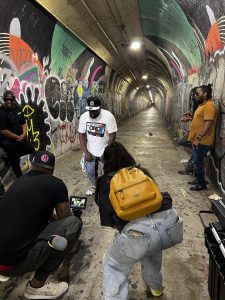 2. Scriptwriting and Storyboarding:
2. Scriptwriting and Storyboarding:  9. Visual Effects and Graphics:
9. Visual Effects and Graphics: 